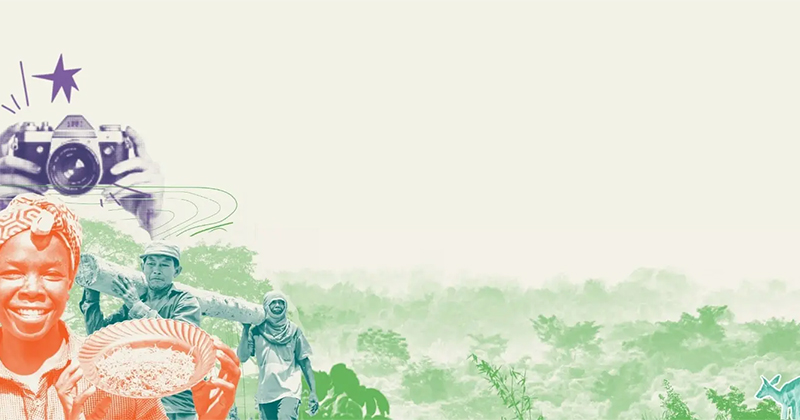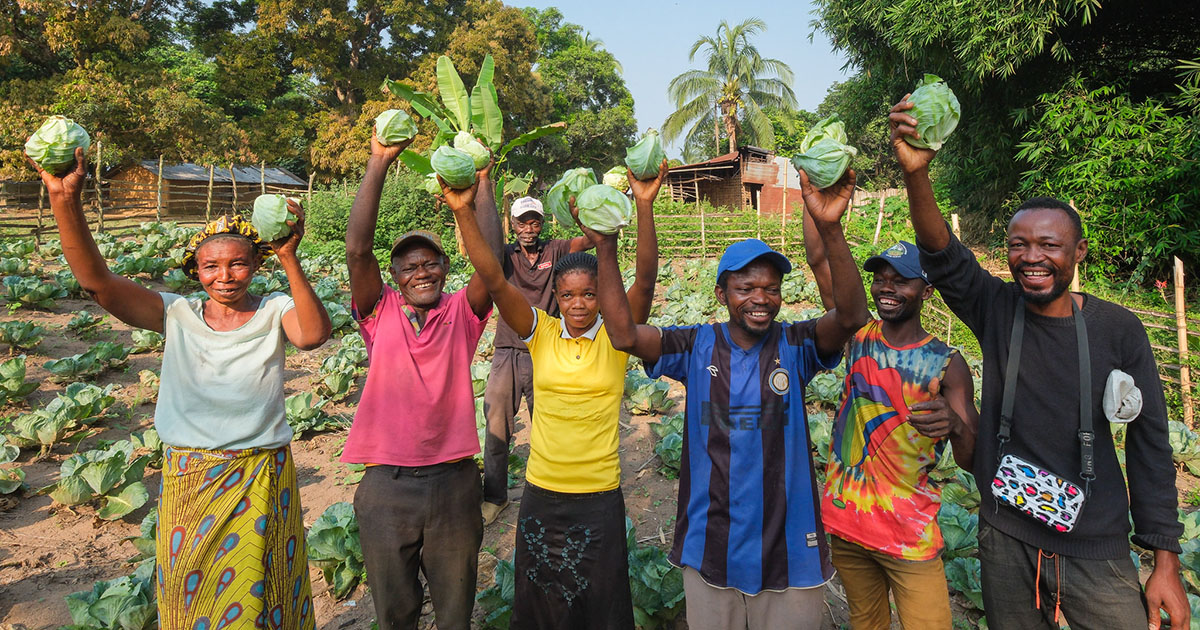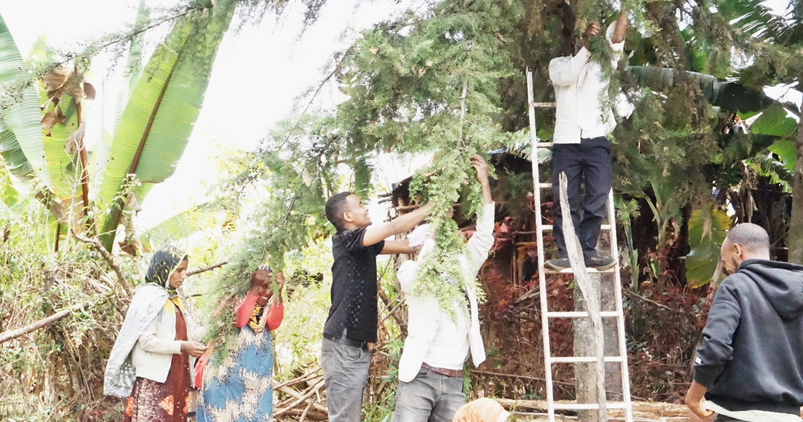The COVID-19 pandemic has had a range of effects on the environment and particularly on wildlife, through diverse and sometimes contradictory impact pathways. In this study, based on data collected among indigenous people and local communities from South America (Colombia, Ecuador, Guyana, and Peru), we investigated changes in the use of wildlife resources for food during the first months of the COVID-19 pandemic. Our study generated unique data collected from 756 households in 60 communities and nine sites. We confirm the hypothesis that wildlife use increased as a short-term response to food insecurity during the pandemic, and fish played a more significant role than wild meat in that endeavor. The increase in wild-meat consumption as a response to food insecurity was conditioned by prices and availability (unsuccessful hunts). Wildlife use did not increase as an alternative means to generate income, because communities were cut off from the market economy for several months. Also, whereas the reliance on wildlife emerged as an immediate solution during the first months of the crisis, longer-term strategies prioritized at household level involved diversifying food sources through domestic meat and crop production. Among all available animal-based proteins, local chicken came just after fish as the animal-based source of protein whose consumption increased the most during the first months of the crisis, as a response to food insecurity. We caution that relying on wildlife as a safety net may constitute a poverty trap in cases where the resource is depleted. Although not specifically studied here, access to land and the transmission of traditional knowledge/skills are possible additional determinants of the role that wildlife may play in times of crisis, and this is proposed as an area for future research. Results also attest to local communities expecting more support from their respective national governments, and confirm results from Walters et al. (2021) that governments were generally absent or unable to react quickly during the pandemic, leaving households (or their local leaders) with the responsibility to innovate with local solutions and pro-actively adapt to the rapid impacts of the crisis.
Download:
DOI:
https://doi.org/10.5751/ES-13570-270342
Dimensions Citation Count:

Publication year
2022
Authors
van Vliet, N.; Sirén, A.; Paemelaere, E.A.D.; Cuesta Rios, E.Y.; Antúnez Correa, M.S.; Williams, T.B.; Quintero, S.
Language
English
Keywords
wildlife, pandemic, indigenous people, local community, food resources
Geographic
Colombia, Ecuador, Guyana, Peru
























